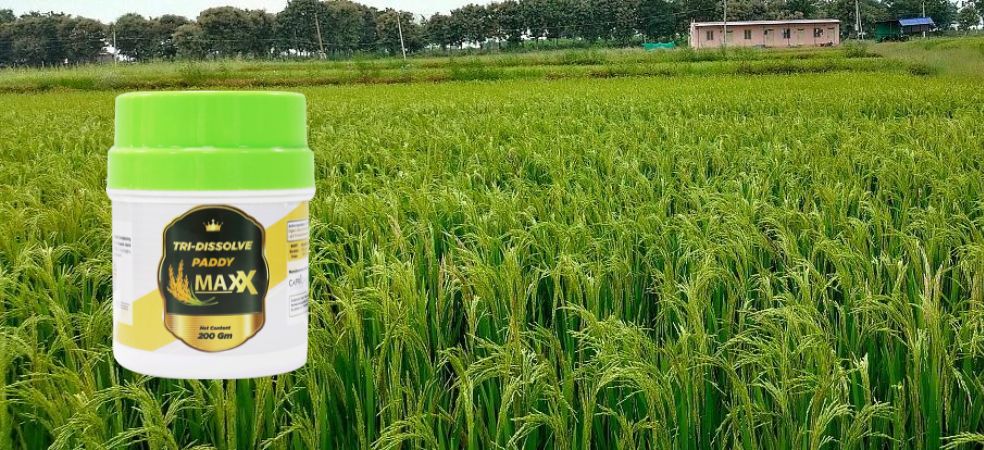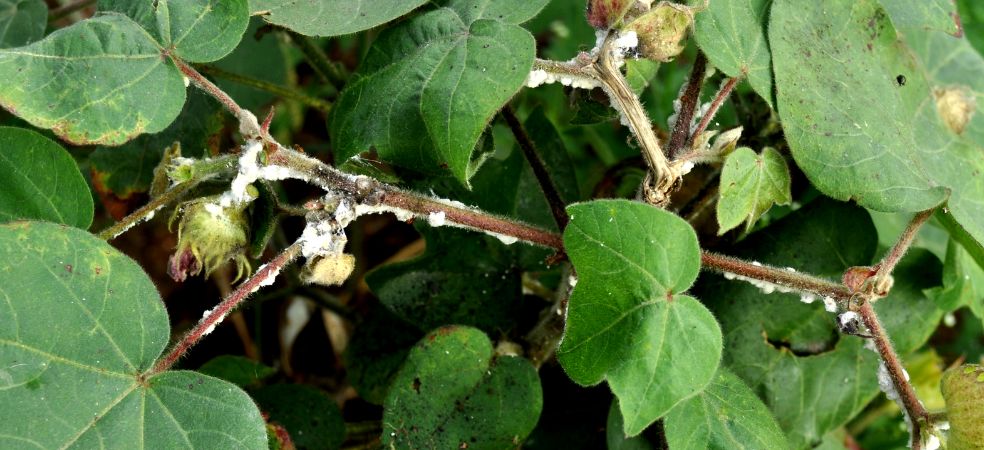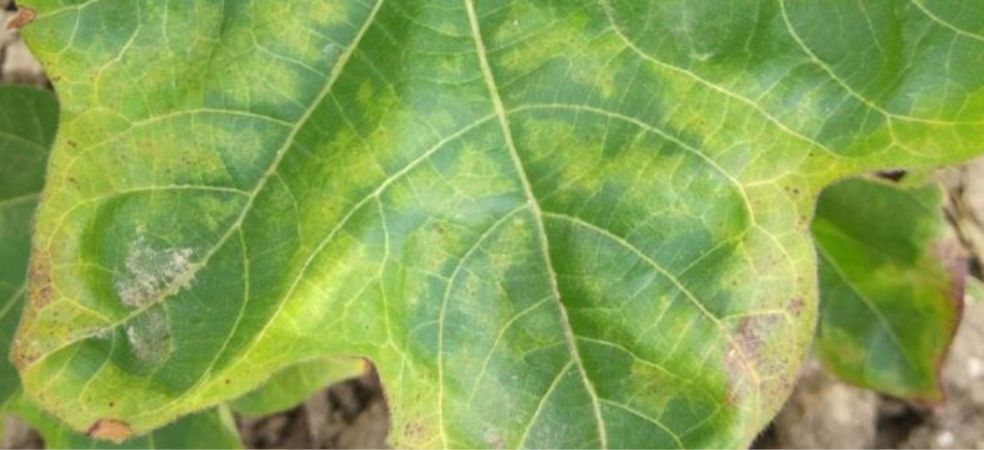Soybean is one of the major oilseed, pulse crops grown in Kharif season. Proper nutritional management is very important for high yields of soybean.
For proper growth and development in soybean –
Tri Coat Maxx – It is a plant growth stimulator. Contains Organic Carbon 3% (Combination of Humic, Fluvic , Organic Nutrients). Helps in good development of root and stem of plants and also increases the reproductive growth of plants.
Method of use – At the rate of 4kg Tri Coat Maxx per acre, broadcast with the nutrients given at that time.
For good flowering and pod filling –
Nutriful Maxx is a plant growth promoter. In it are found Fulvic acid extract – 20% + calcium, magnesium and potash in trace amounts, 5% + amino acids .It increases the number of flowers and prevents them from falling. enhances fruit quality, and also increases the availability of nutrients. Boosts immunity against drought, frost etc. Spray at the rate of 250 ml NutriFul Maxx per acre.
ShareFor more such important information related to the agriculture sector, keep reading the articles of Gramophone daily. If you liked today’s information, then do not forget to share










